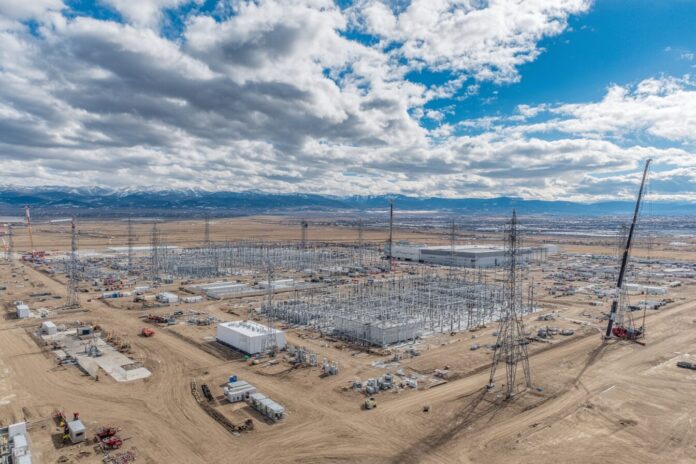The Next Leap in AI Power: Musk’s Vision and Its Price
Elon Musk’s latest announcement has sent ripples across the AI and tech sectors. xAI is boldly setting its sights on 50 million H100-equivalent Nvidia GPUs by 2030, an ambition that not only redefines scale but also prompts serious questions about the financial, infrastructural, and ethical costs involved. Most importantly, this vision is a fundamental pivot towards more advanced AI capabilities, necessary to outpace global competition.
Because this target is unprecedented, it introduces a host of challenges. From securing monumental amounts of computing power to managing energy demands, the path to 2030 is as complex as it is ambitious. Therefore, stakeholders must consider every facet of this endeavor to ensure sustainable growth and equitable access. As detailed by India Today, the strategic aim of xAI goes far beyond raw numbers.
Scaling Up: xAI’s Massive GPU Deployment Strategy
Besides that, xAI’s plan involves an exponential expansion of its current infrastructure. With over 230,000 GPUs already operational, including around 30,000 advanced GB200 units powering its AI chatbot Grok, this project is in a decisive phase of scaling up. The use of Nvidia’s H100 GPUs demonstrates a commitment to achieving unmatched throughput and energy efficiency.
To achieve these targets, xAI is rapidly accelerating the buildout of its infrastructure. For instance, the first generation Colossus supercomputer was completed in a record 122 days, starting with 100,000 GPUs and quickly scaling to nearly 200,000 H100s. The upcoming Colossus 2 will push this even further, incorporating up to 550,000 next-generation chips. As noted on Lapaas Voice, this phase illustrates both speed and a massive technical leap, ensuring that xAI remains at the forefront of AI compute race.
Financial Commitment: Billions at Stake
Because such an ambitious technological leap requires substantial investment, xAI is on track to raise as much as $12 billion in debt through partnerships with institutions like Valor Equity Partners. This financial strategy is essential to secure the necessary chips and data center expansions required to support the escalating GPU numbers.
Moreover, projections indicate that xAI could expend up to $13 billion in 2025 alone. This highlights the colossal scale of investment needed, which far exceeds typical R&D budgets among tech giants. According to insights on PC Gamer, such financial commitments reflect a calculated decision to prioritize infrastructure over immediate returns, betting on long-term competitive advantage.
Energizing the Future: The Massive Power Demand
Most importantly, powering millions of GPUs comes with towering energy requirements. Running 1 million H100-class GPUs is estimated to need between 1 and 1.4 gigawatts (GW) of power – sufficient for nearly two million households. Scaling this to 50 million GPUs could lead to a demand ranging between 1,000 MW and over 4,700 MW, dependent on future advances in hardware efficiency, as reported by Groovy Computers.
Because energy consumption is a critical concern, xAI is investing in colocated facilities close to robust power grids. Further strategies include the use of on-site gas turbines, Tesla Megapack battery systems, and plans to acquire overseas power plants. These measures aim to secure a stable power supply, mitigate grid strain, and reduce the overall ecological footprint, a topic that has raised concerns among sustainability experts.
Societal and Ethical Considerations: Who Pays the Price?
In addition to technical and financial challenges, the societal implications of scaling AI compute infrastructures are significant. The massive deployment of GPUs poses questions regarding resource allocation, equity, and overall societal impact. Smaller innovators might find it increasingly difficult to compete with tech giants that command such enormous resources. Therefore, debates on fairness and access are becoming increasingly heated.
Besides that, ethical concerns about AI safety and governance continue to emerge. As noted by The Hans India, there is worry that the pace of infrastructure expansion might outstrip the development of effective safety protocols. Because advanced systems demand robust regulatory frameworks, stakeholders are calling for a balanced approach that prioritizes both innovation and public good.
The Road Ahead: Balancing Opportunity and Risk
Looking toward 2030, the promise of unparalleled AI compute power brings both tremendous opportunities and equally significant risks. Enhanced computational capabilities can drive monumental advances in scientific discovery, healthcare, climate research, and personalized technology. However, this comes at a cost that spans financial, energy, and societal arenas.
Most importantly, decision-makers must collaborate to ensure that the benefits of such technological breakthroughs are broadly shared, rather than deepening existing divides. As detailed by Groovy Computers and other sources, the future of AI hinges on not only technological superiority but also on responsible management and ethical practices. Transitioning to such a future requires adapting quickly and thoughtfully in both technological and regulatory domains.
In conclusion, Musk’s xAI venture signifies more than just an expansion in raw computing power—it marks the beginning of a transformative era in artificial intelligence. Most importantly, while the potential benefits are extraordinary, the cost will be measured not only in billions of dollars and megawatts of energy, but also in the societal shifts this transformation may incite. As we march towards 2030, it is imperative for policymakers, industry leaders, and society to work collaboratively in steering this evolution responsibly.



